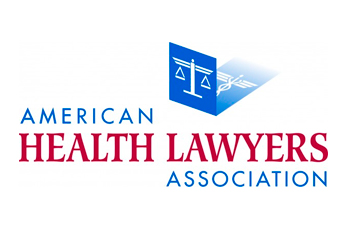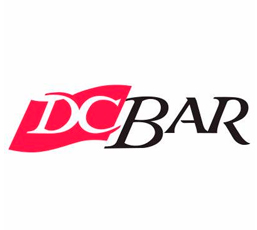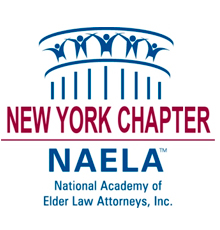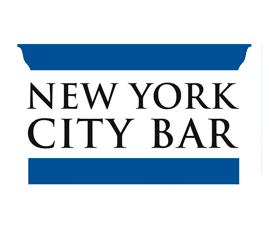Back in January, this year was shaping up as a big one in the estate planning world: the passage of the SECURE Act (Setting Every Community Up for Retirement Enhancement Act) in December 2019 and the upcoming presidential election were already presenting new challenges and opportunities. Little did we know what the spring would hold. The CARES Act (Coronavirus Aid, Relief and Economic Security Act), passed in response to the Coronavirus pandemic, offered Americans some economic relief. The interaction of these two new laws, the SECURE Act and the CARES Act, provides a short-lived (and seemingly unintended) opportunity for individuals with traditional retirement accounts (for our purposes, IRAs) to reduce the taxes their loved ones will pay in the future.
The cynic in me thinks of the SECURE Act as the “preventing the middle class from passing on wealth act.” In my experience, retirement accounts are where middle-class families hold a large part of their wealth. While it has several redeeming characteristics, one of the SECURE Act’s hallmarks is eliminating what is called the “stretch IRA” for most retirement account beneficiaries.
For example, let’s say I’m 78 years old, retired and have a traditional IRA worth just over $800,000. It’s not my only asset, but it represents a good chunk of money that I would like to pass on to my son, Sam, now age 51. I manage to take only the required minimum distributions from that account. Before the SECURE Act, at my death, I could pass that account to Sam and he could continue to take minimum distributions, based on his age, for the remainder of his life. The distributions would be taxable income, but he would be able to spread the distributions out, reducing the taxes he pays on them. Now, enter the SECURE Act. When I pass away, Sam must withdraw all the money in my account, not over his lifetime, but within ten years. That will send Sam’s taxable income through the roof, especially if he is still working, resulting in more revenue for the government and less money for Sam.
The long and the short of this change is that beneficiaries of inherited IRAs will now have to take distributions over a much shorter time frame, dramatically increasing the income tax that they will pay on those distributions.
In response to the SECURE Act, we began talking to clients about converting their traditional IRAs to Roth IRAs. It is a complicated decision that involves a good bit of math. Converting a traditional retirement account to a Roth IRA means paying taxes on those funds now, instead of when the funds are withdrawn from the account (by the account holder or a beneficiary). The tax on the conversion is based on the account holder’s income – it depends on their tax bracket. If you compare that amount to an estimate of what the beneficiary will pay if they inherit the account as a traditional IRA, you can estimate the potential for tax savings.
The CARES Act added an element of urgency to this decision. Under the CARES Act, retirement account holders are not required to take required minimum distributions for 2020. This enables retirement account holders to significantly reduce their taxable income for the year, thereby reducing the amount of tax due on the conversion. The CARES Act changes the math, but only for 2020.
Another important factor in this decision is Medicaid planning. Traditional, tax deferred retirement accounts and Roth IRAs are treated quite differently under New York’s Medicaid rules. If you anticipate needing Medicaid in the future, converting an account to a Roth IRA is much less appealing.
Deciding to convert a traditional IRA to a Roth IRA is a complicated decision that should be discussed with your attorney and with your accountant. In certain circumstances, the CARES Act enables retirement account holders to pass a larger share of their wealth to beneficiaries, instead of the government.







